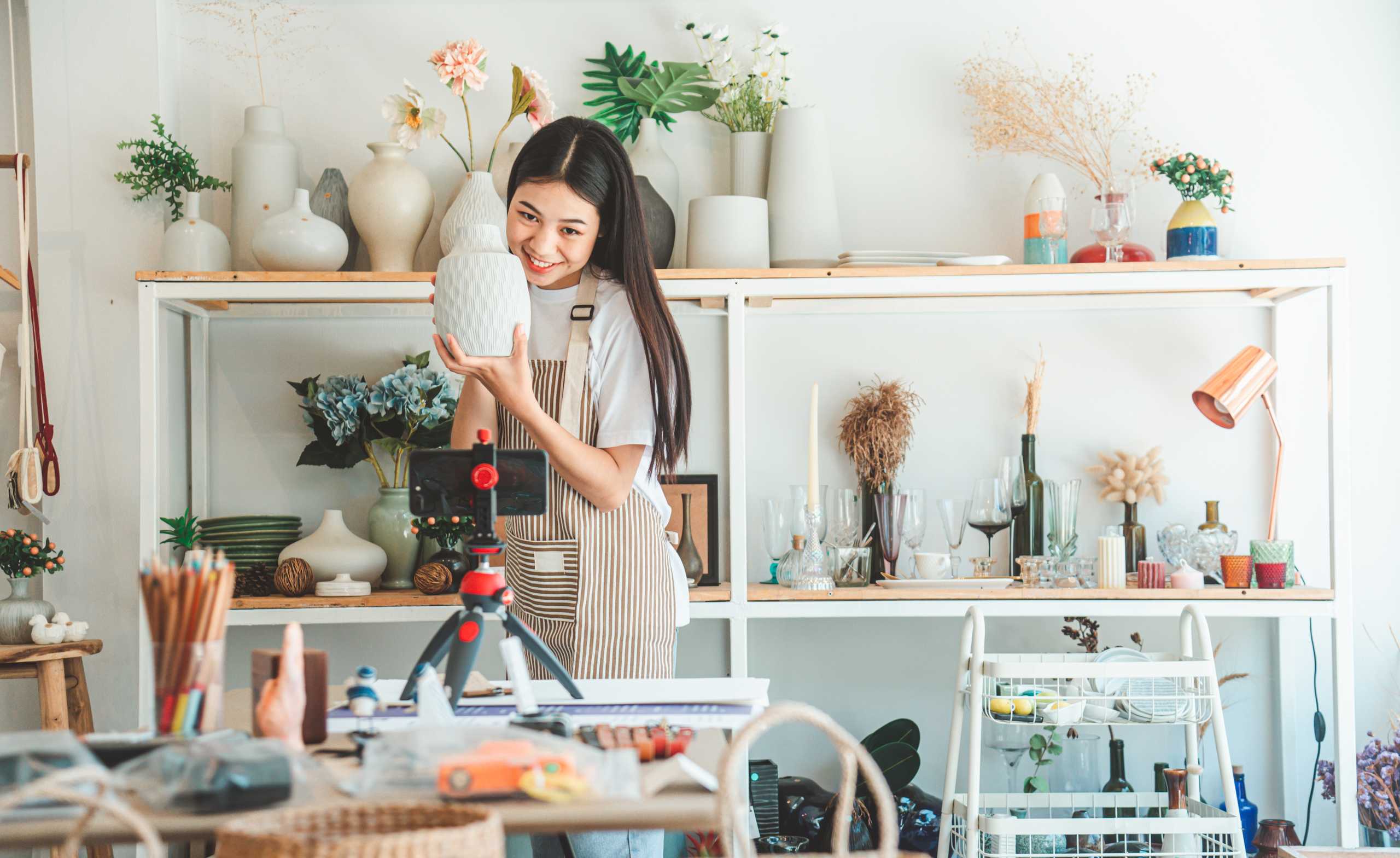Learn the art of blending colors and textures for balanced, inviting interiors
A harmonious home is more than just a collection of furniture and decor—it’s a carefully curated space where colors, textures, and shapes work together. For beginners, understanding how to mix these elements can feel overwhelming. With a few guiding principles, however, anyone can create interiors that feel cohesive, stylish, and welcoming.
1. Start With a Base Palette
Choose a neutral base color for walls, large furniture, or flooring. This acts as a blank canvas that allows other colors and textures to shine. Neutral tones such as beige, soft gray, or muted pastels provide flexibility and prevent the room from feeling chaotic.
2. Introduce Accent Colors
Accent colors add personality and energy. Incorporate them through cushions, throws, rugs, or artwork. To create visual balance, use the 60-30-10 rule: 60% base, 30% secondary color, 10% accent. This simple guideline ensures your color scheme is harmonious without feeling forced.
3. Mix Textures
Texture adds depth and tactile interest. Combine soft fabrics like linen or velvet with harder surfaces such as wood, stone, or metal. Layering textures prevents the room from feeling flat, making the space inviting and multidimensional.
4. Balance Patterns
Patterns can enliven a room, but overdoing them can overwhelm. Pair bold patterns with subtle, neutral designs. For example, a floral cushion can complement a plain sofa, or a geometric rug can contrast a solid-colored chair. The key is to balance scale, complexity, and color harmony.
5. Consider Natural Elements
Incorporate natural materials and greenery to create a sense of calm and organic beauty. Wooden furniture, woven baskets, and plants connect the interior to nature, softening harsh lines and adding visual warmth. Natural elements also enhance textures and complement almost any color palette.
6. Test Before Committing
Before purchasing or finalizing your design, test colors and textures together. Swatches, small decor pieces, and sample arrangements help you visualize how elements interact. This careful observation reduces mistakes and ensures your space feels intentional and harmonious.
Conclusion
Blending colors and textures is a cornerstone of stylish interior design. By starting with a neutral base, introducing accent colors, mixing textures, balancing patterns, incorporating natural elements, and testing ideas beforehand, beginners can confidently create beautiful, cohesive spaces. Harmony in design not only enhances aesthetics but also contributes to a sense of comfort and well-being in your home.

